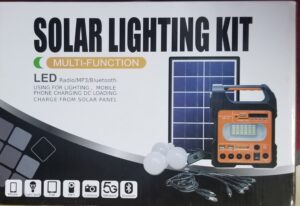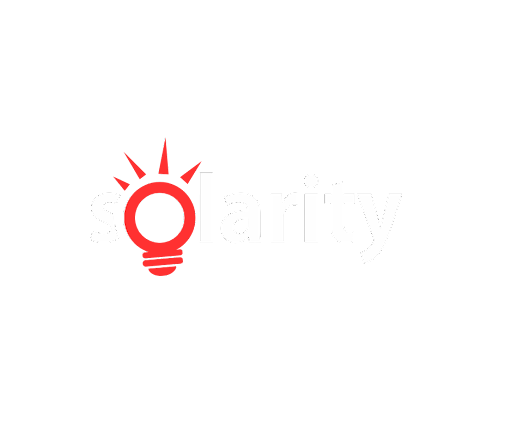Prior to actually purchasing a solar powered generator, calculate how much power you’ll require to run appliances, tools, and technology in the event of a power outage and whatever other you’ll require in the wilderness.
Once you’ve determined how several watts you’ll require, look for a generator with the appropriate weight, dimensions, and channels. Below are the top ten solar generators mostly on the market.

How does a solar generator work?
A solar generator works when a solar panel converts sunlight into direct current (DC) electricity that passes through the charge controller. Then, the solar energy is stored inside the battery. The inverter turns the electricity into accessible alternating current (AC) power.
How long can a solar-powered generator run?
Solar powered generators typically last between 25 and 35 years, depending on the model and quality. It is an investment, but that will pay off in the long run. Furthermore, several solar generators include warranties, so if anything goes badly, users can have it repaired.
How do they compare in terms of effectiveness and other variables? Let’s take a look:
Reliability
A generator should always be durable, reliable, and long these days to be a good investment. Solar generators seem to be more long lasting than gas generators even though those that progress to store electrical energy once tied to clean energy resources. It doesn’t take much effort to ensure that something performs. With gas generators, you must depend on various forms of energy production, which seem to be finite and costly.
Features and Efficient
You may have both alternating current (AC) and direct current (DC) electricity anytime, anyplace with an all-in-one small solar generator that includes solar panels, a battery, an inverter, and a charge controller.
In the case of power outage, cloudy or rainy circumstances with little to no sun, standby solar generators improve the sustainability of your home. The solar generators will keep your electrical equipment running till the sun comes out again or electricity is restored thanks to a controlled design phase.
Solar generators can deliver reliable off-grid energy for longer durations using little more than the energy from the sun.
In many circumstances, solar generators could be as efficient as or far more efficient than generators fueled by gas or propylene in terms of producing electricity.
The way solar generators function is by combining a solar panel, a charge controller, a battery system, and an inverter into a small device that can transform solar energy into a usable electrical current. We shall examine each of solar generators’ features separately to gain a better understanding of how they operate.
Battery: In sequence for you to just use the energy that a solar generator harvests from the sun in the future, it needs to be stored. The secondary storage is the battery. Since around 2016, a number of solar generators on the market have utilized lithium-ion batteries. Though less effective, lead acid batteries are so much more affordable and accessible than lithium-ion technologies.
Having said that, lithium-ion batteries do still have substantial benefits over lead acid batteries, and we advise using lithium-ion batteries even though they are long-term safer and more cost-effective.
A crucial part of the solar generator, the charge controller’s principal job is to safeguard and support the battery’s longevity. Based on the specific rechargeable battery and solar panel you are just using, charge controllers typically include a variety of capabilities for charging and discharging.
Because they regulate the power dynamics between the solar panels and batteries, charge controllers are essential for a solar generator to function.
The inverter is a features that transforms the battery’s low direct current (DC) into alternating current (AC), which can be utilized to power common household appliances.
Because the electricity shouldn’t need to be transformed, appliances that run on DC power can really function without so much as an inverter.
Check out the resources listed below and Get Quotes or join the conversation using the hashtag #Solarpanel,#solarlight, #inverter. [forminator_form id=”68551″]
